Faculty petition demands NYC Theodore Roosevelt statue be dismantled
The open letter calls for the halt of the statue’s planned move from the American Museum of Natural History to the Theodore Roosevelt National Park in 2026.
March 31, 2022
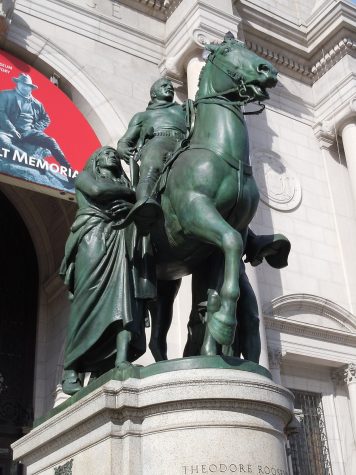
More than 50 NYU faculty members signed an open letter demanding that the statue of former President Theodore Roosevelt, which stood outside the American Museum of Natural History until this past January, be permanently dismantled. The Theodore Roosevelt Presidential Library in North Dakota — scheduled to open in 2025 — plans to display the statue in 2026.
The petition, created by the activist and artist organization Decolonize This Place, argues for the statue — which depicts Roosevelt on horseback towering over a Native American man and a Black man — to be neither relocated nor displayed. It claims that moving the statue near the Theodore Roosevelt National Park — which was created on the ancestral land of the Mandan, Hidatsa and Arikara peoples without consulting the Nation’s leaders — will reinforce the statue’s racist message.
“New Yorkers cannot simply dump their toxic cultural products in other communities,” the petition reads. “The city should reject the transfer of its undesirable waste elsewhere. In this case, the monument’s bronze content could be melted down or recycled for a better purpose or simply disposed of.”
In late June 2020, the New York City Public Design Commission voted unanimously to take down the statue. Most critics saw the statue, which was unveiled in front of the museum in 1940, as a symbol of colonialism and racial discrimination. The decision to remove the statue came as many statues of Confederate leaders were dismantled across the United States.
The statue has since been put into storage, months after the city entered a long-term agreement with the library in November 2021. Its presence at the museum has been protested since the 1970s. Activists defaced the statue with red paint on Oct. 6 of last year.
“This isn’t about a lack of transparency,” said Amin Husain, the co-founder and lead organizer of Decolonize This Place and a Gallatin adjunct professor. “This is about a monopoly of control and power.”
Faculty members from Harvard University, Yale University, Princeton University, Columbia University, Brown University and other universities also signed the petition. One of the signees, Andrew Ross — a CAS professor and founding member of Decolonize This Place — was disappointed to learn that nearby Indigenous populations were not consulted before the city decided where to transfer the statue to their land.
“Most of the scholars we contacted were just as appalled to learn about this, and it came as a shock to us,” Ross said. “We’ve always said that stakeholders should be involved in these decisions, and by stakeholder, I mean groups from populations that have suffered cultural harm from these monuments. This decision shouldn’t be made by a small circle of appointees.”
In a statement released last November, the Theodore Roosevelt Presidential Library said the relocation plan would allow for the statue to educate future generations about the country’s past.
“Rather than burying a troubling work of art, we ought to learn from it,” Theodore Roosevelt V, a great-grandson of Roosevelt, said in the library’s statement. “It is fitting that the statue is being relocated to a place where its composition can be recontextualized to facilitate difficult, complex, and inclusive discussions.”
Husain said he was concerned about how the library would choose to frame the history of the statue. He noted that the statue has educational value, but said its presentation to the public could be problematic because the Mandan, Hidatsa and Arikara Nation was not consulted about the display.
“There is no discussion — Roosevelt is an imperialist,” Husain said. “We’re saying, who are you to be telling that story? Why is it one story? And what about the people that are harmed? Are they going to address imperialism?”
Ross, however, said that exhibiting the statue in the library would instead promote racist and imperialist ideologies. He emphasized the importance of dismantling similar monuments in the future.
“Its expression of white supremacy is pretty clear to most people who look at it, and especially to people of color,” Ross said. “There’s accumulating cultural harm there, from generations of New York City school children who have to go to the museum as part of the curriculum.”
Marie Cruz Soto, a Gallatin clinical associate professor and one of the petition’s signers, said that, as a woman of color from Puerto Rico, she saw the statue as offensive. She said it served as an example of the United States dismissing its history of colonialism in the Caribbean through the Roosevelt Corollary to the Monroe Doctrine and said it should be recycled rather than moved.
“The consequences of his actions are still felt today,” Cruz Soto wrote to WSN. “And there has been no historical reckoning. No decolonization. No reparations. Only impunity. I thus understood the statue as symptomatic of a country that refuses to openly acknowledge itself as an empire, as the U.S. Empire — a particularly violent one that still holds Puerto Rico in a colonial status.”
The American Museum of Natural History and the Theodore Roosevelt Presidential Library did not respond to requests for comment.
Contact Joyce Li at [email protected].

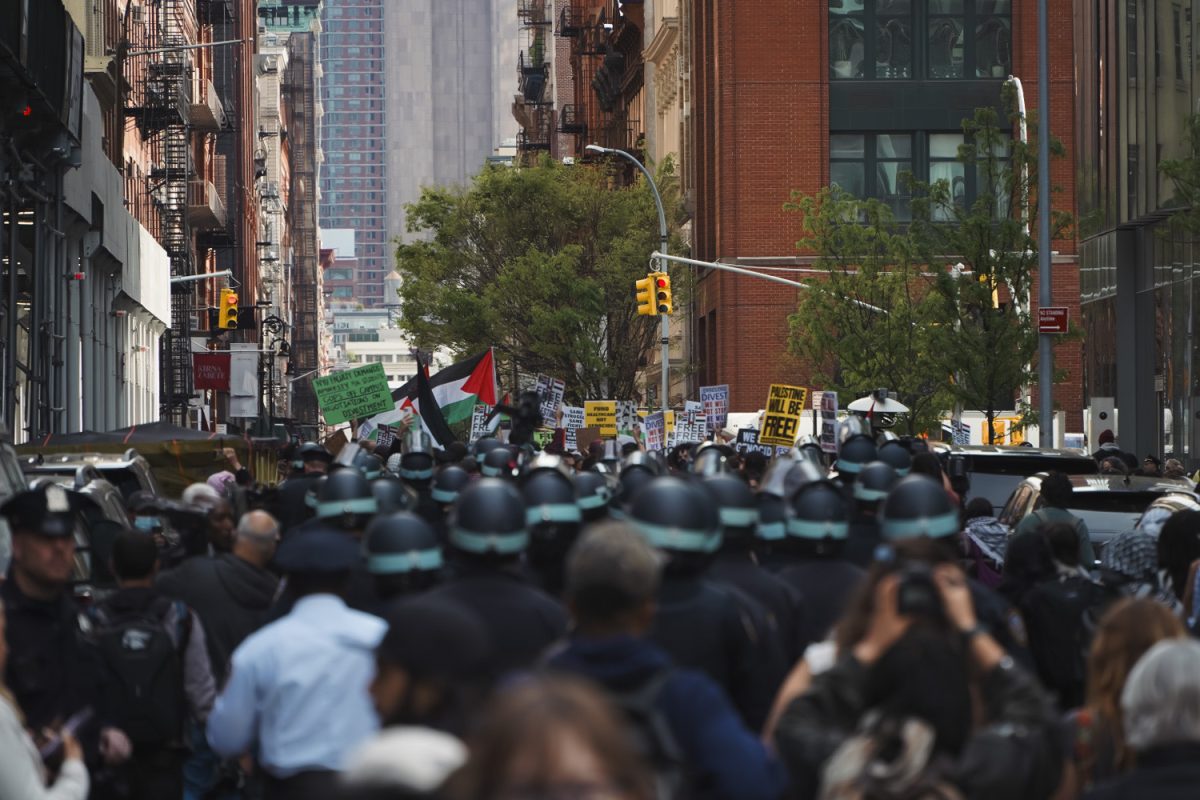

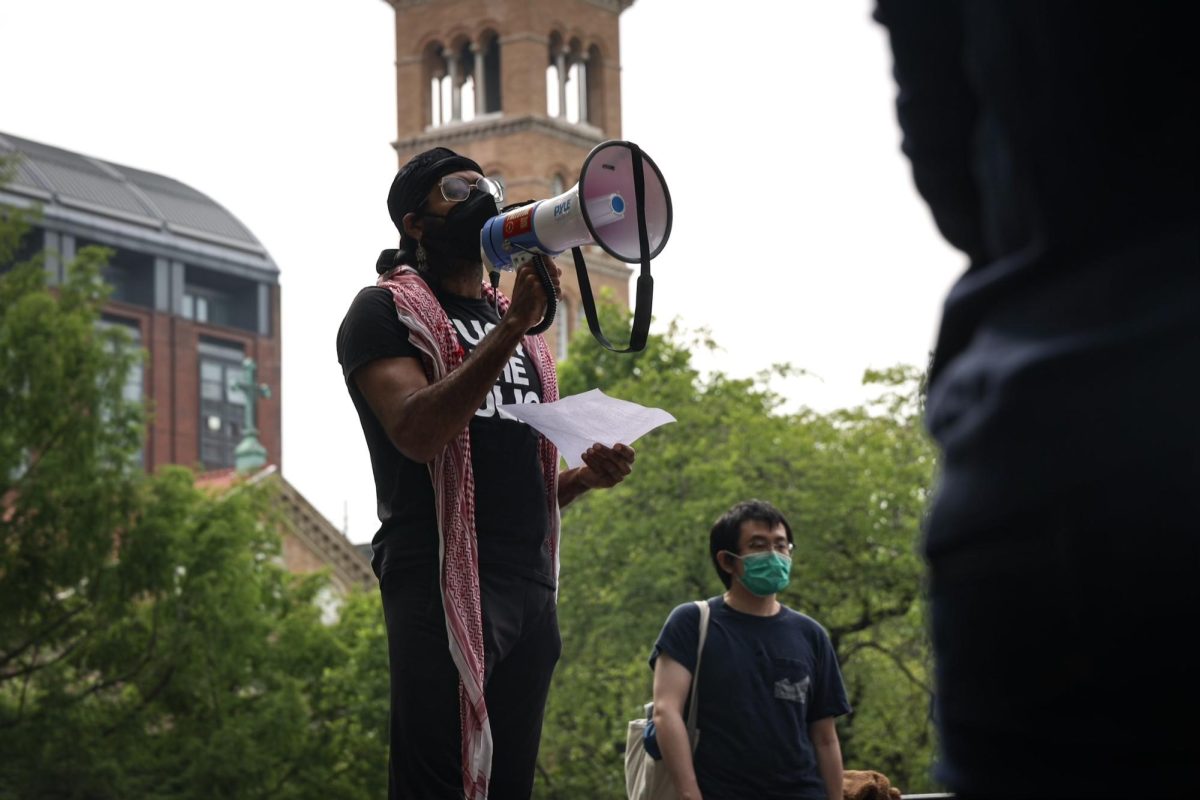
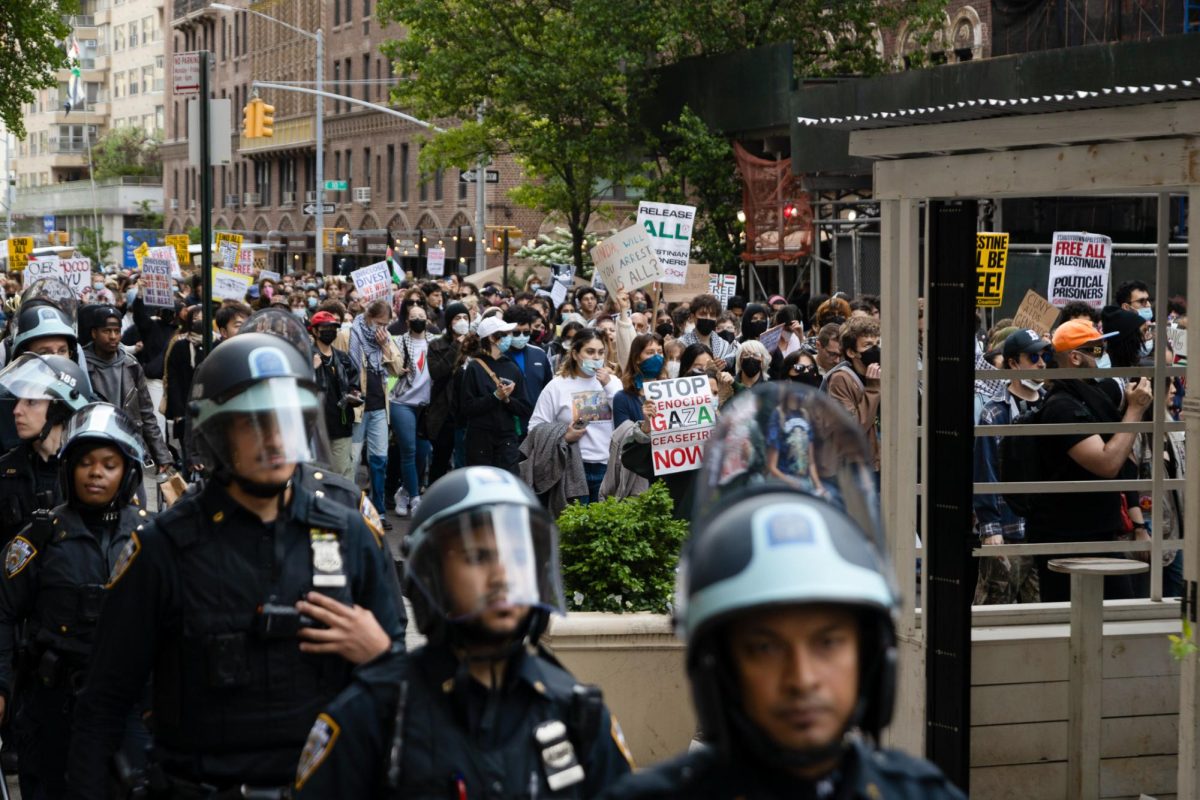
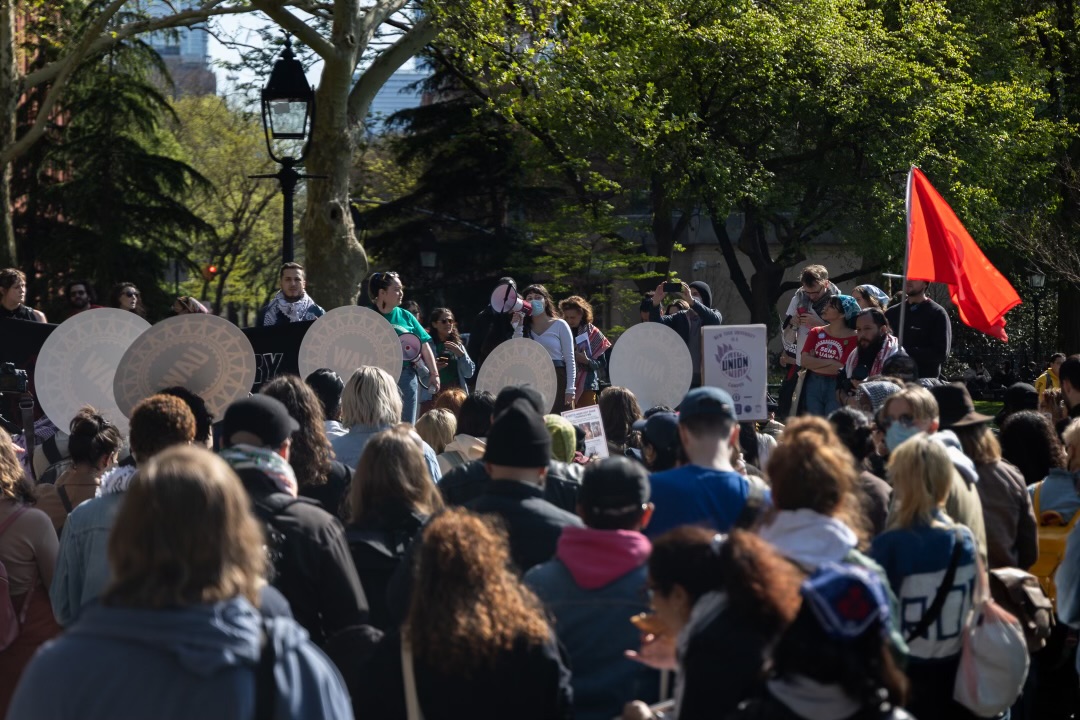
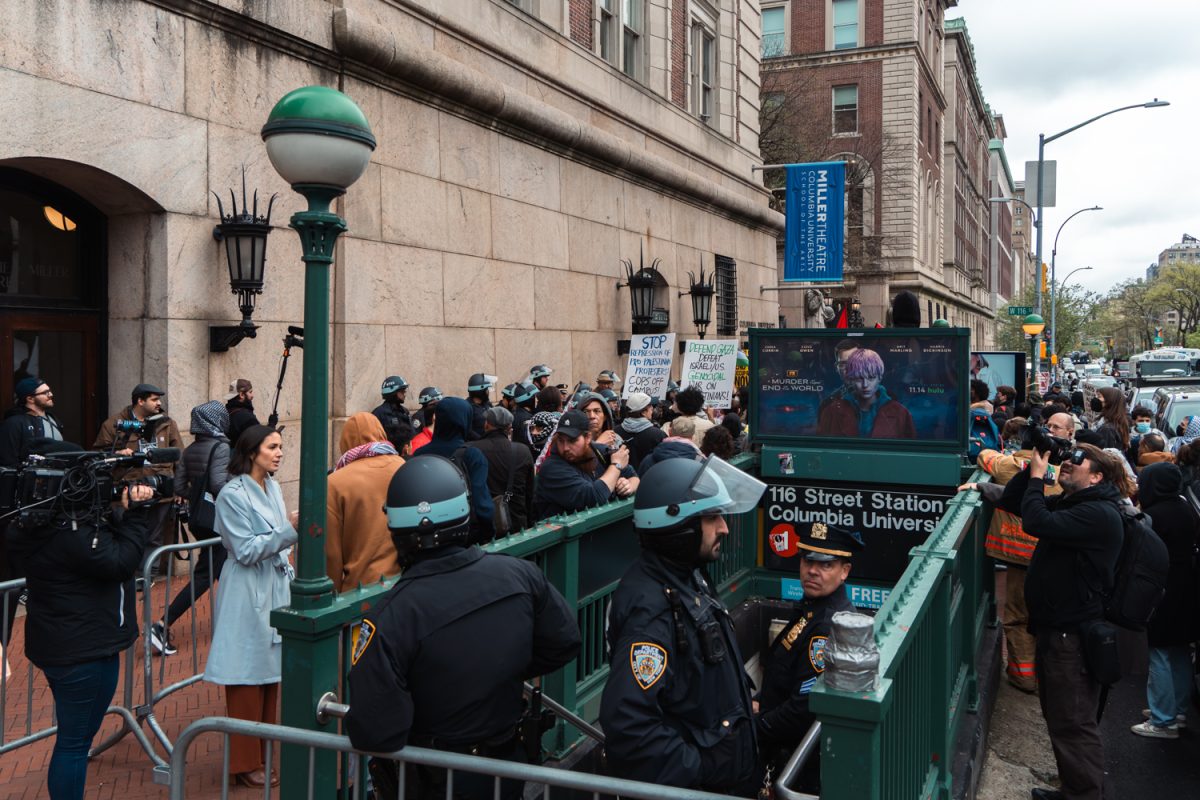




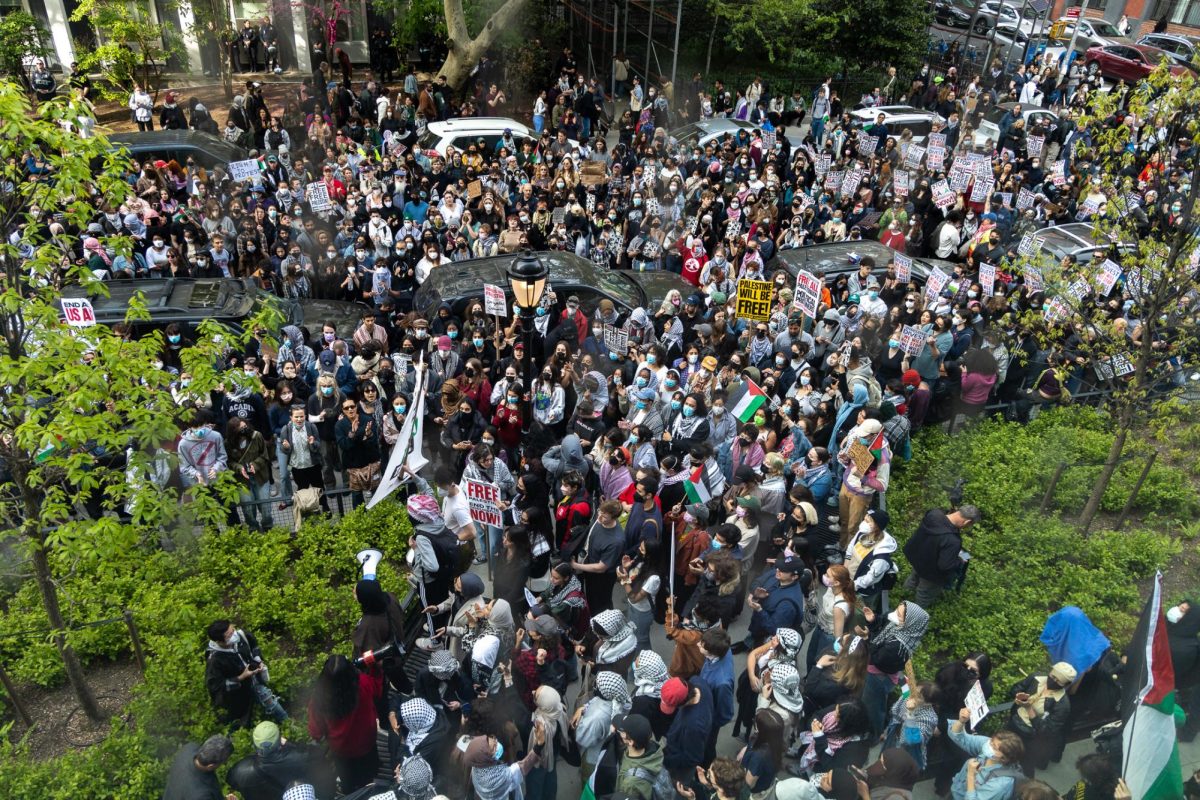
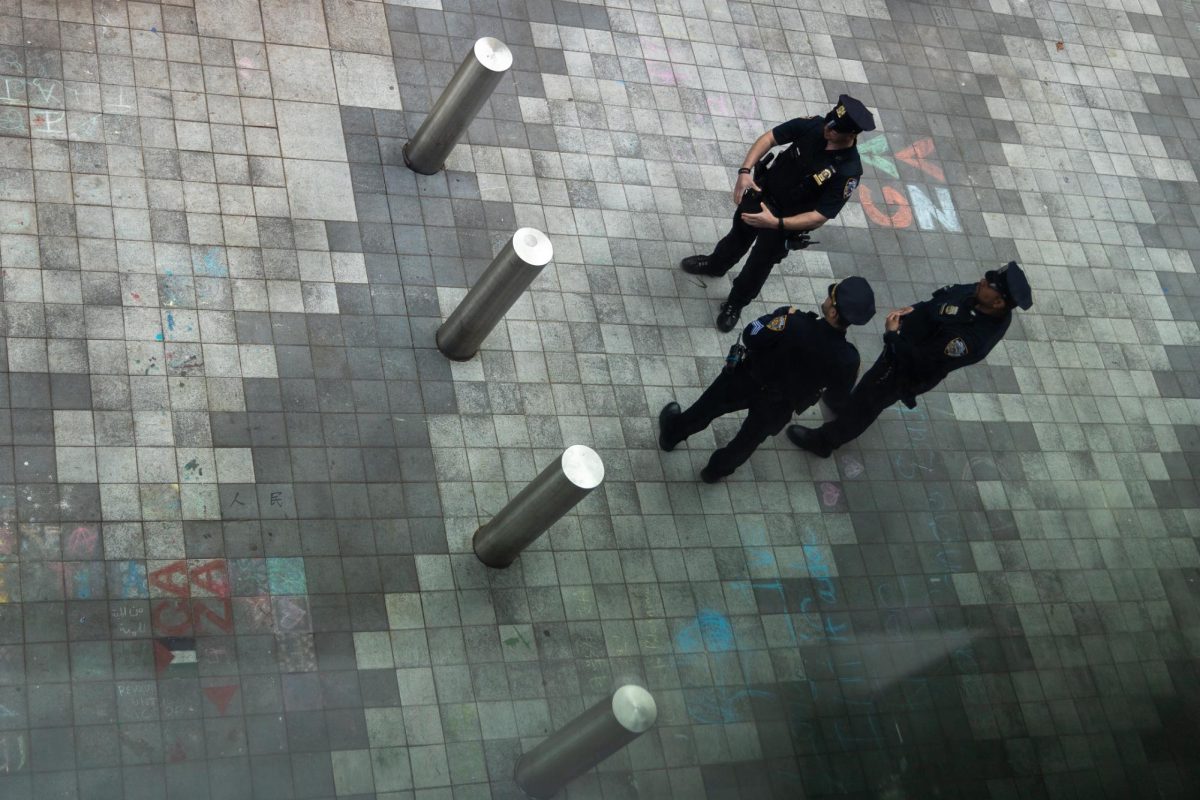
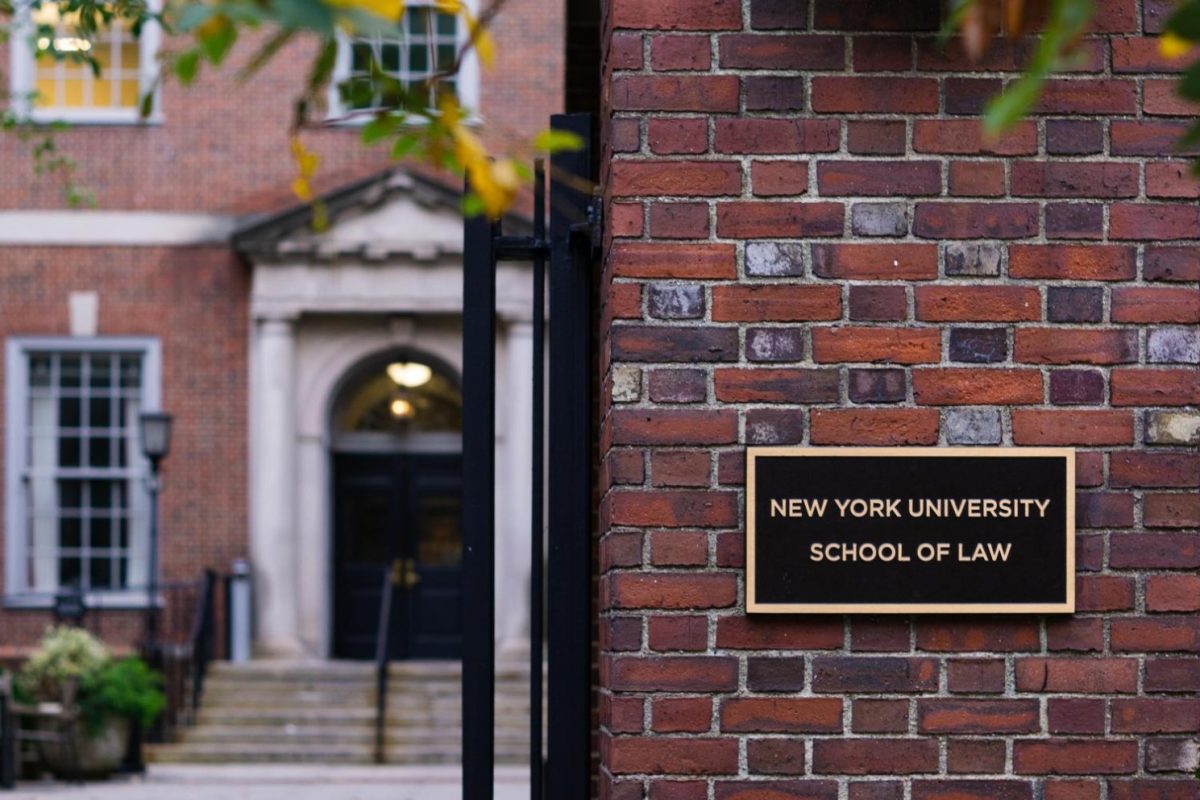
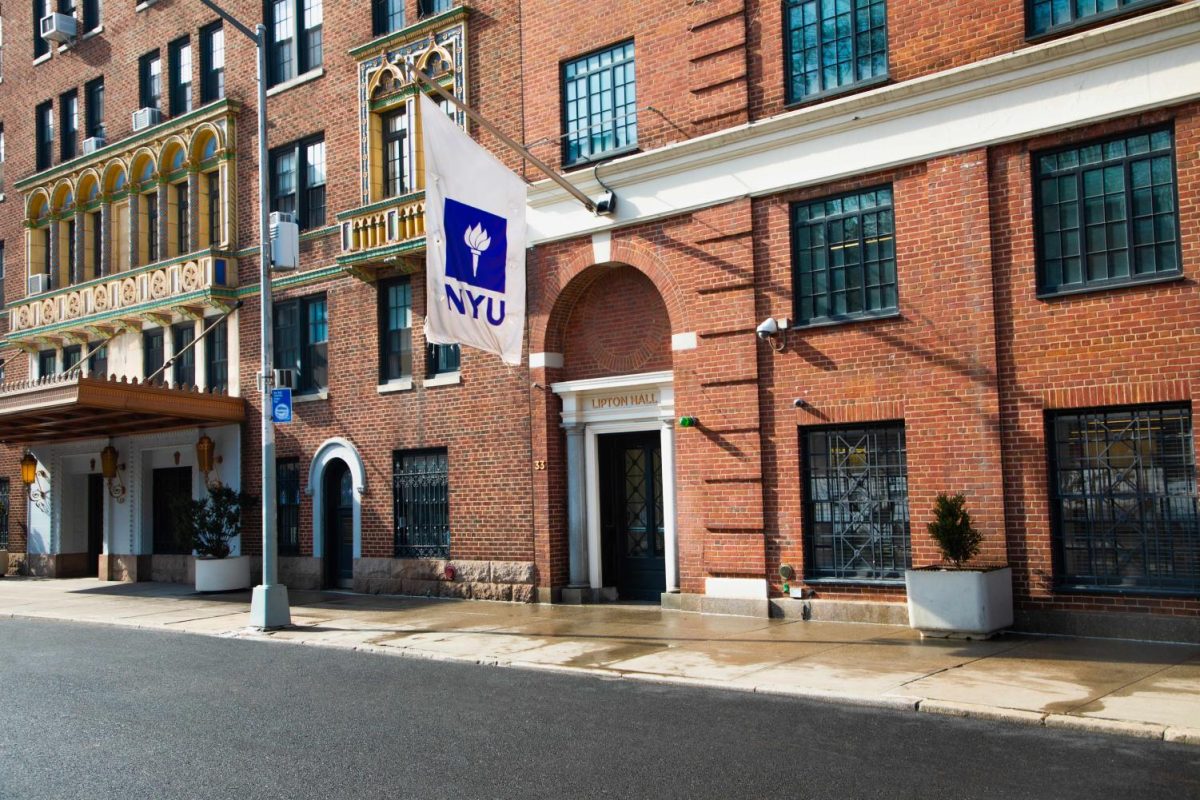




















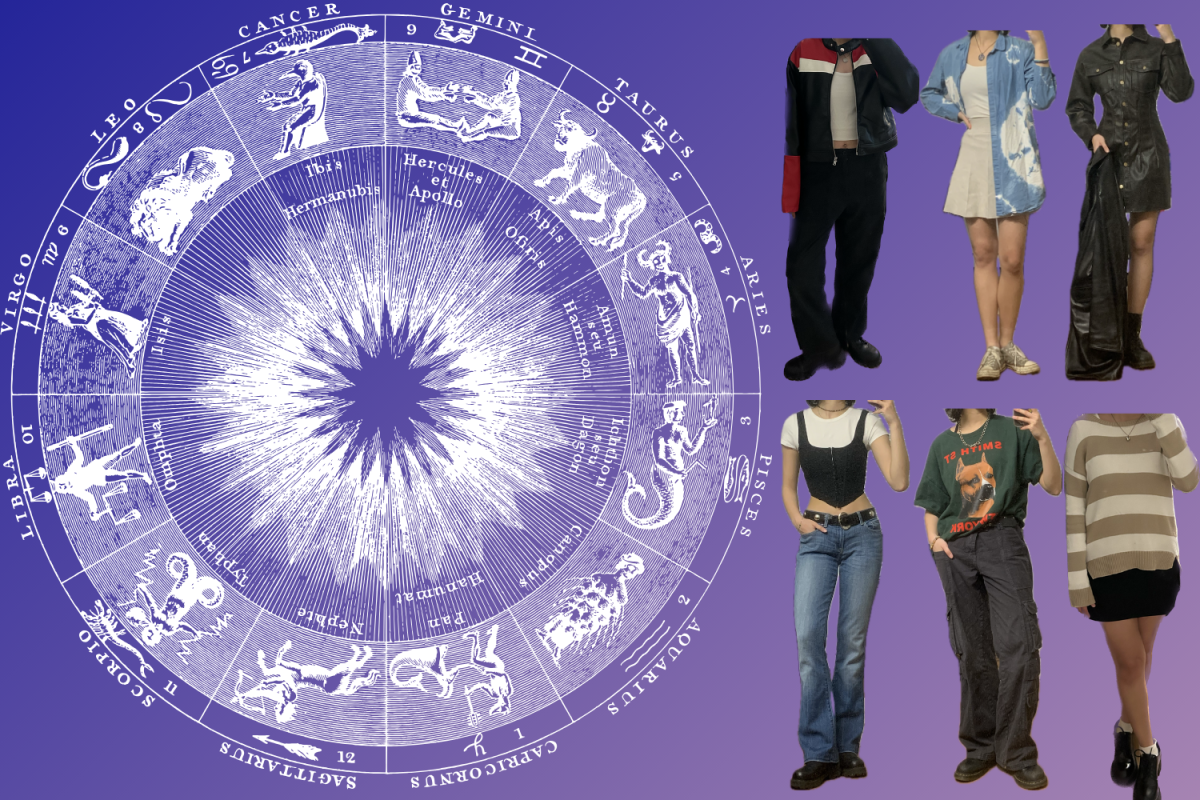
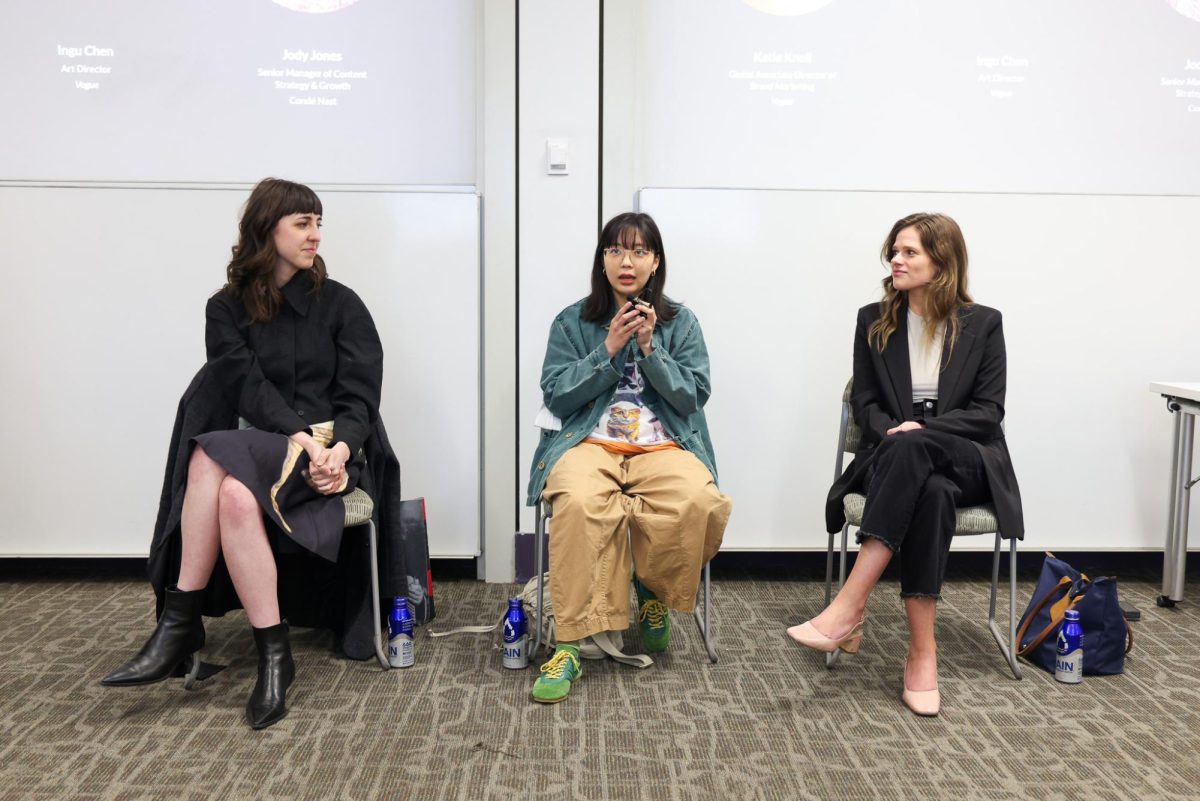






















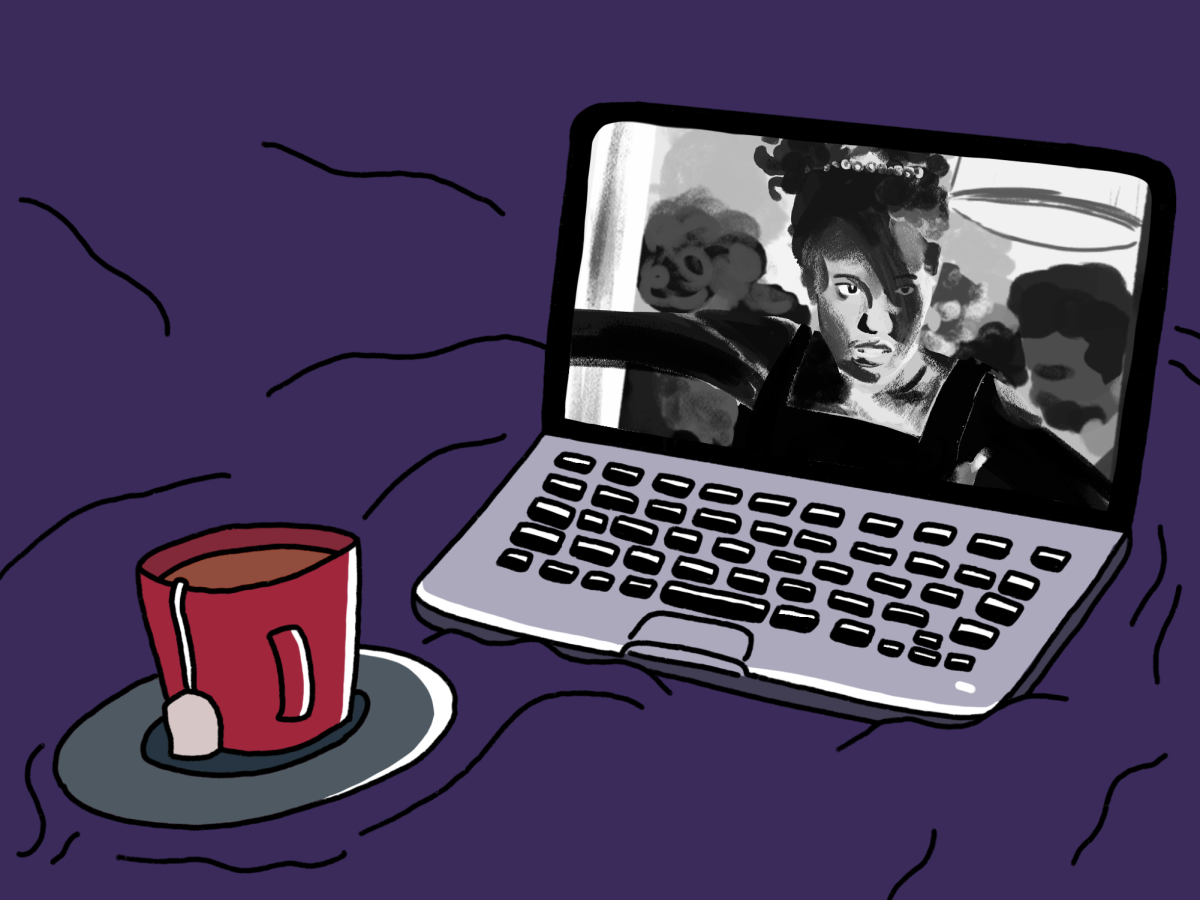
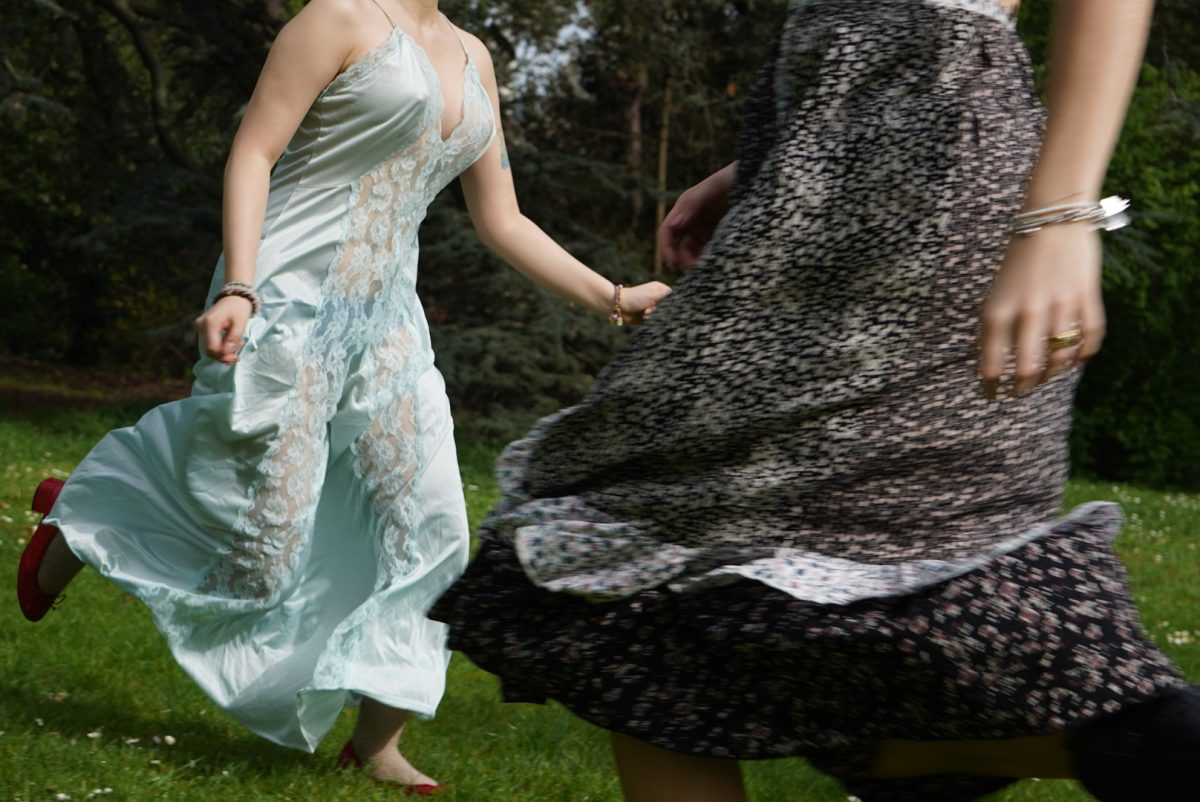


















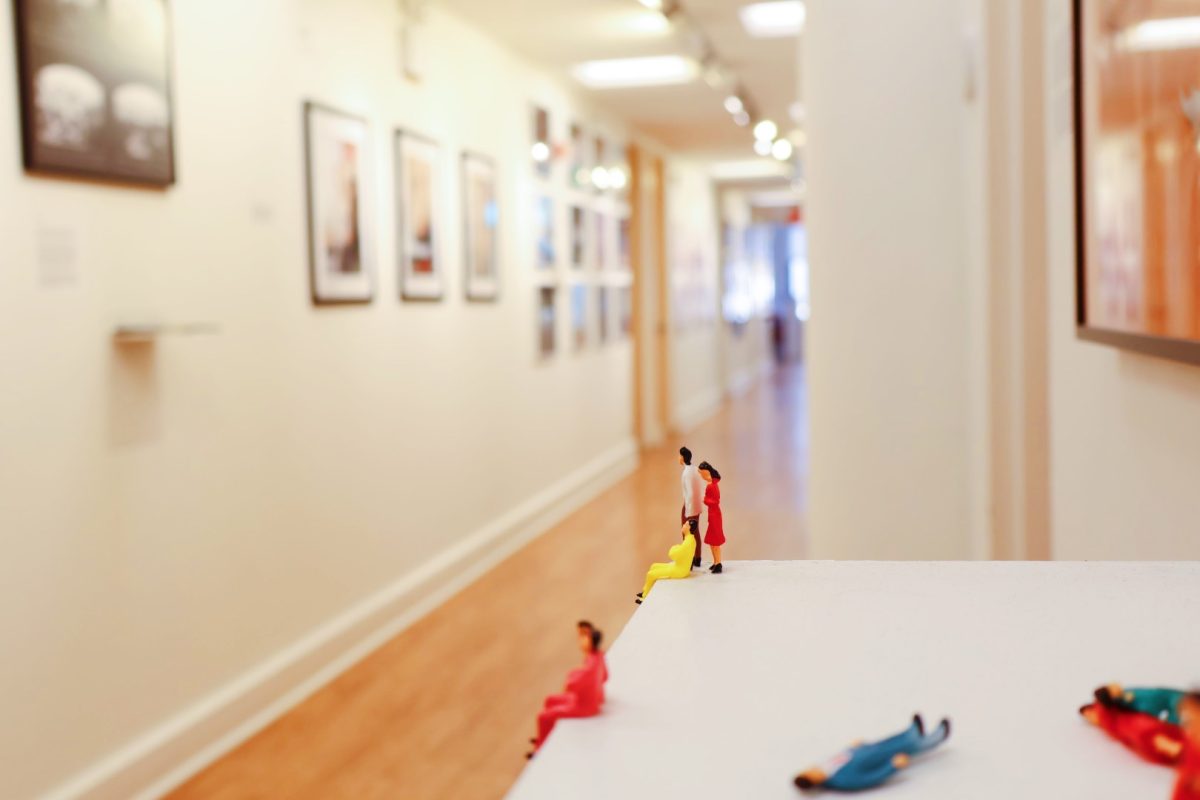




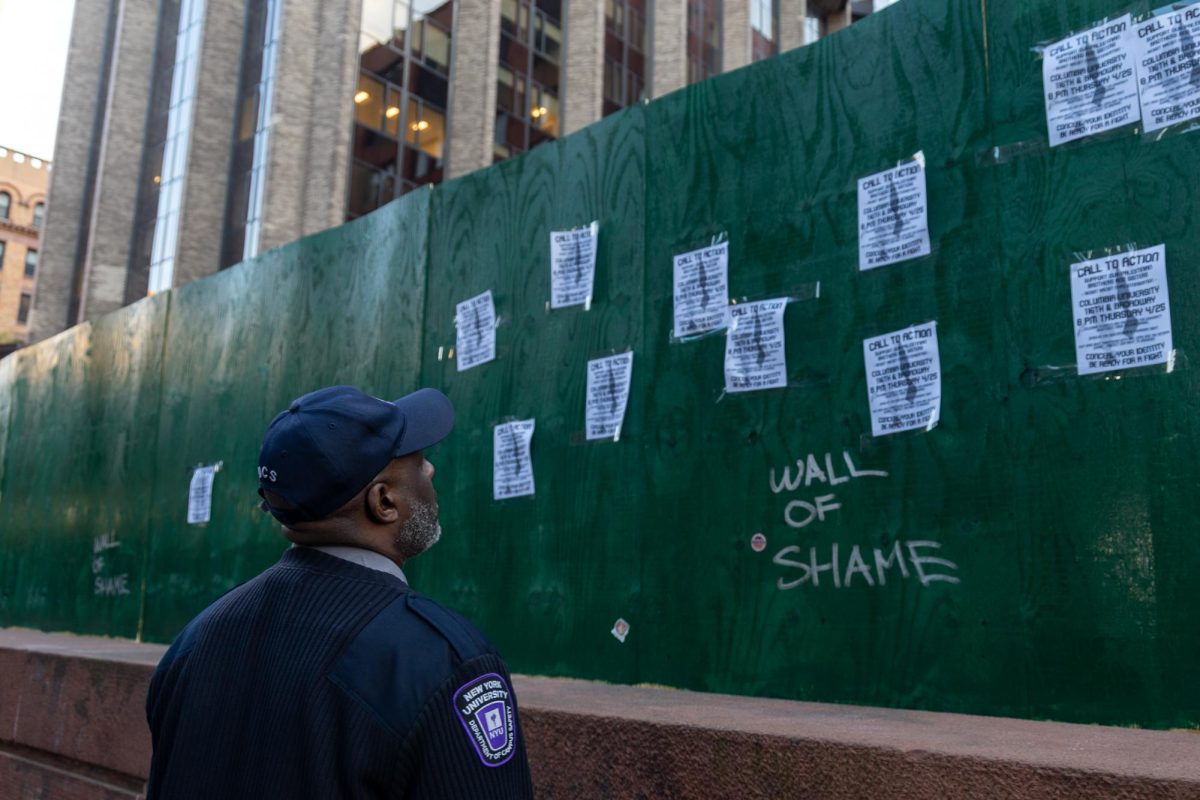




























































shaggy6913 • Apr 9, 2022 at 2:48 pm
Theodore Roosevelt was an environmentalist pro Native American who brought down standard oil the Rockefeller oil monopoly and helped this country on many many levels while even creating the first national Park yellowstone. Maybe it’s time we dismantle Harvard, Yale, Princeton, and all liberal indoctrination colleges who preach this crap and are attempting to push misled youth to to fight their battles for them & dismantle the United States. If you don’t like it here then leave, either that or we can have a Civil War and end this by other means. You do not speak for every American just as I don’t either but it seems to be split down the middle so maybe those two sides need to go at it and see who comes out the victor, & we already know who that will be… The patriots who aren’t afraid to fight without running away, because the left have always been cowards.